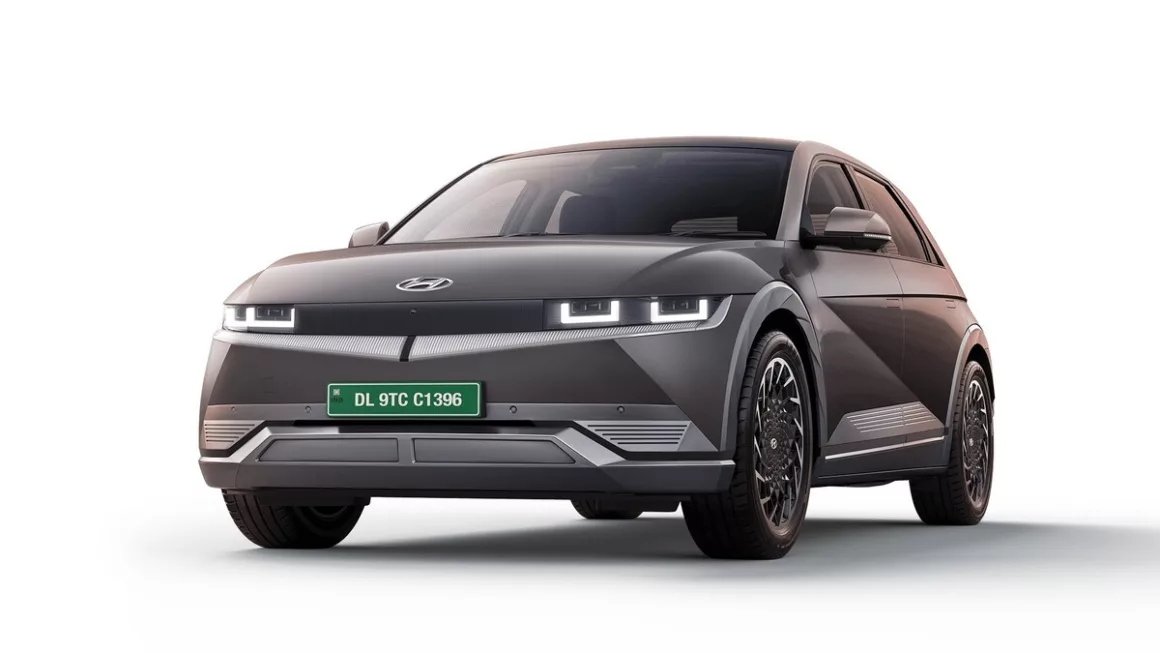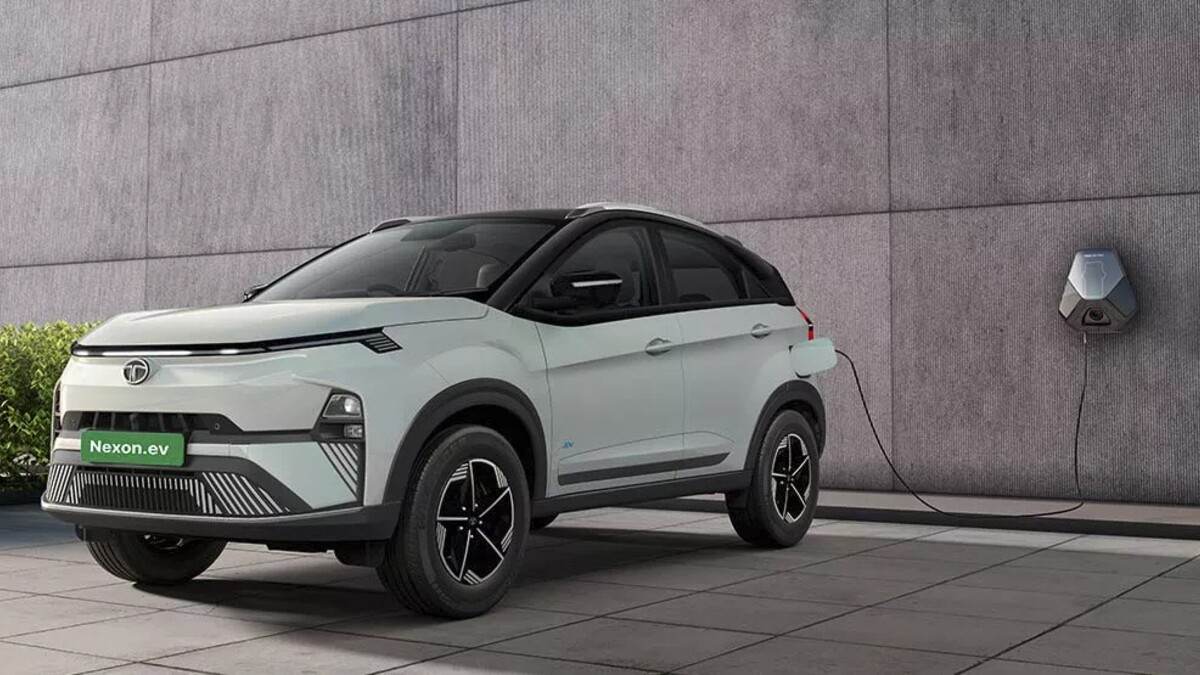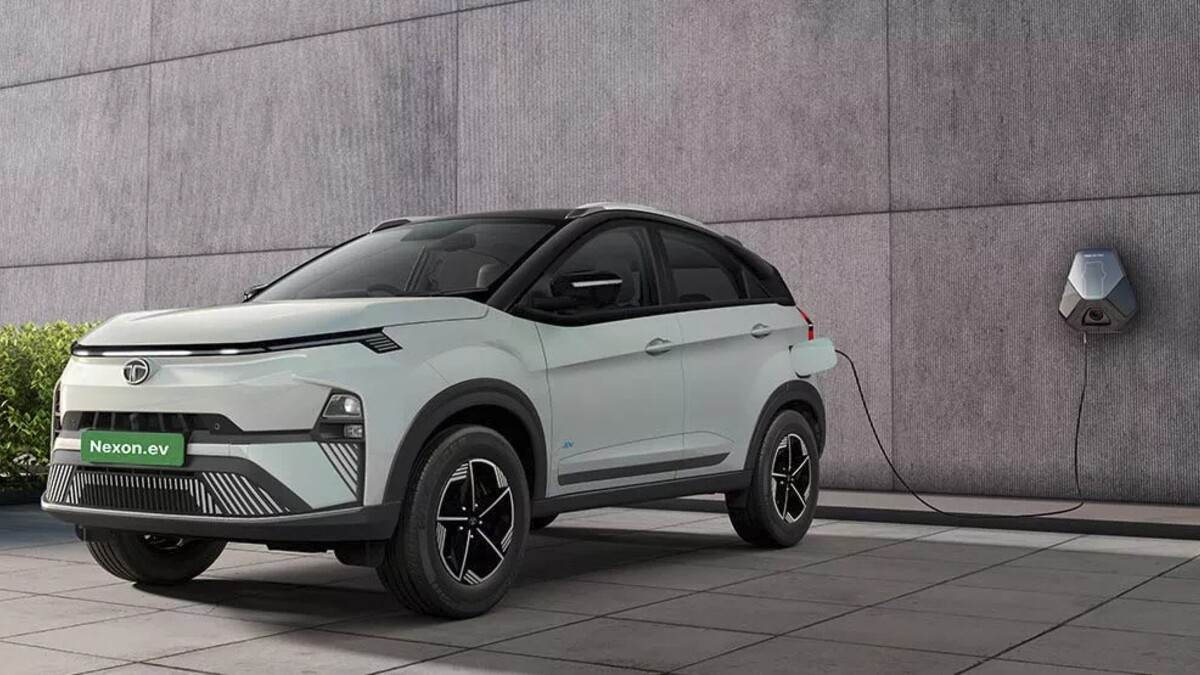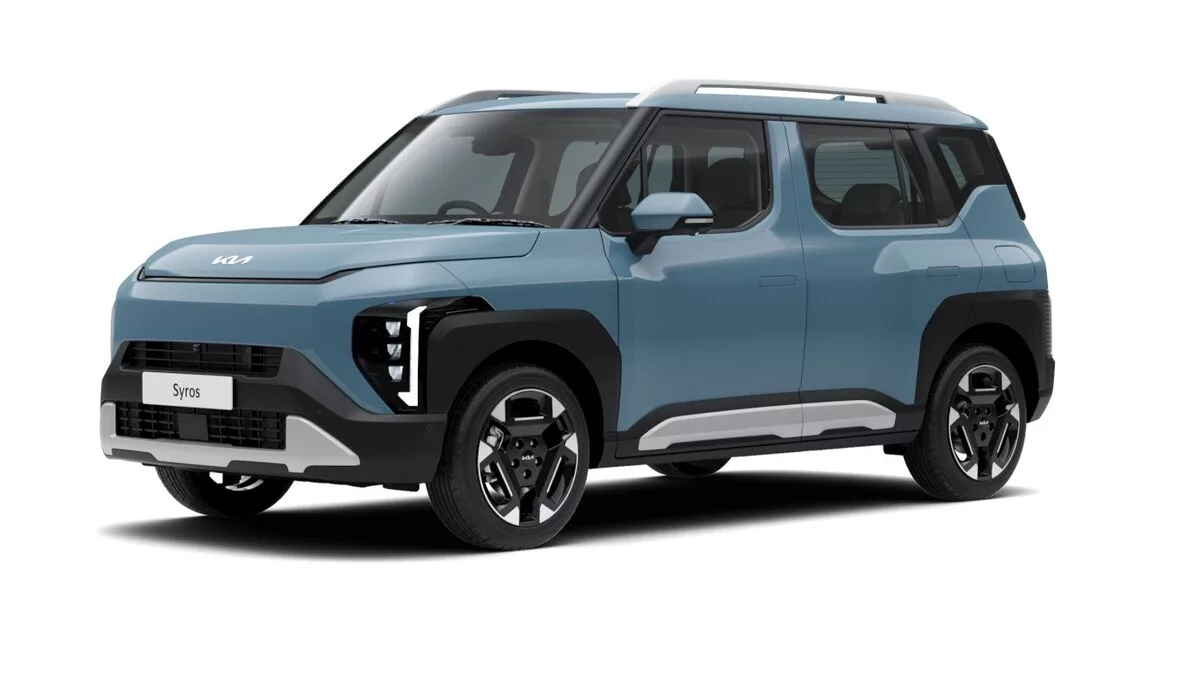As far as the Indian car market is concerned, the penetration of EVs is still at an early stage. Not only are there a few electric cars as compared to internal combustion engine cars in the market, but also most are unaware about the functionality of electric cars. Well, the good news is that electric cars are not as complex as ICE cars are. Unlike ICE cars, electric cars do not burn fossil fuel to generate the force that moves the car. Instead, they use electricity stored in their batteries to work the electric motor which then supplies the rotational force to the wheels. This article explains how electric cars work and their key components to help you familiarise yourself with electric cars if you plan to buy one.
Key Components in an EV
Charge Port
What the fuel filler port is to an ICE car, the charge port is to an electric car. It looks like a socket and allows the battery pack of the car to receive energy from an external power source. This external power source can be either at your home or a commercial charging station. The process of charging is pretty much the same as the way battery-powered devices, like a mobile phone or a laptop are charged. However, the time taken to charge an electric car depends on the charging capacity of the battery pack as well as the power source.
Inverter
An inverter in an electric car transforms the flow of electrons from direct to alternating. In simple words, it converts direct current (DC) to alternating current (AC). This is because lithium-ion batteries, which are the most used in electric cars, can only accept DC, while electric motors that drive the wheels need AC to function. Therefore, inverters are essential in electric cars. Inverters also modulate the flow of current supplied to the motor, controlling the speed of the car.
Battery pack
Today, almost all electric cars use lithium-ion batteries. This is because lithium-ion batteries can store higher energy density as compared to the other types of batteries, lithium-sulfur batteries, Sodium-ion batteries, and Iron-air batteries to name a few. Moreover, Lithium-ion batteries can flow larger currents and require relatively little maintenance.
How does a Battery on an EV function?
A battery is a device which receives, stores, and supplies electricity on demand. Inside a battery, there are specially developed chemical compounds which store energy, much like many other energy sources. For example, petrol consists of chemical energy which an engine converts into mechanical energy to drive cars. In the same way, in batteries, electricity is stored in chemical potential form. A battery consists of two terminals called electrodes, separated by a material called electrolyte. The negatively charged electrode has more electrons than it needs and the positively charged electrode has fewer electrons than it needs. Because nature always makes equilibrium, when a battery is connected to a circuit, electrons flow from the negatively charged electrode to the positively charged electrode. The flow of electricity is opposite to the flow of electrons – from the positive electrode to the negative electrode. As electrons move through the circuit, ions (atoms or molecules with an electric charge) move through the electrolyte. In the case of a rechargeable battery, which every electric car packs, electrons and ions can move in either direction via circuit and electrolyte.
When a battery is discharged it means both electrodes have almost the same number of electrons. In this situation, the electrons do not flow. A good way to understand this is to imagine two water tanks connected via a pipe and if both tanks have the same volume of water, the water will not flow through the pipe. To make the water flow, one tank should have a higher volume of water than the one it is connected to. In the same way, a battery is charged by recreating the imbalance in the number of electrons – giving one electrode a surplus of electrons and reducing the number of electrons from the other electrode. This is done by pushing the oppositely charged ions inside the battery from an external source and then they reach their destination via the electrolyte. With time, the electrolyte keeps losing its effectiveness and this is what reduces the range of the battery.
Electric motor
The electric motor receives the energy from the inverter and powers the wheels. When electricity enters the motor, it flows through a circuit which is housed by a couple of magnets. The natural interplay between electromagnetic fields and magnetic fields causes the circuit to rotate. Electric motors are immensely powerful and efficient, and they do not feature multiple gears as internal combustion engines do. In electric motors, the power reaches the wheels almost immediately.
How does an electric motor on an EV function?
Before learning how the electric motor functions, you need to know a few basics of electricity. First, electric current/ electricity moving through a conductor generates a magnetic field around it. Moreover, when a current-carrying conductor is in a helical shape, it works as a proper magnet that has a north and a south pole. This is called an electromagnet. The higher the intensity of the current the stronger the magnetic force. At the same time, changing the direction of the current switches the poles – north becomes south and south becomes north.
Almost all EVs use Permanent-Magnet Synchronous Motor. In such an electric motor, there is an assembly in which a magnet is permanently mounted on a shaft called a rotor, which is supposed to rotate to supply the rotational force to the wheels. A circular housing known as the stator is present around this permanent magnet. Mounted on this stator are multiple field windings (helical-shaped conductors). When current is supplied to one set of field windings, they work as electromagnets, creating north poles and south poles in both outside and inside ends.
Now, the inside ends make the permanent magnet in the middle twist itself because of the simple law of magnets – north and south poles attract each other and alike poles (north-north and south-south) repel each other. Since AC is supplied, the polarity of the electromagnet changes after a fraction of second. The poles which were holding the permanent magnet attracted towards them, repel it, forcing it towards the next set of electromagnets which are attracting it. Because AC switches directions 60 times per second, the polarities of field winding keep switching and the permanent magnet in the middle keeps rotating. The word ‘synchronous’ indicates that the permanent magnet spins at the same speed as that of the switching of the magnetic field in the windings. Hence the name – Permanent-Magnet Synchronous Motor.
How to charge an EV?
As we have already learnt what charging an EV means, now let us learn the three main ways to charge an EV. In all these ways, one end of an electrical cord is plugged into the charge port of the EV, and the other end is plugged into an external power source.
Level 1 charging
This type of charging can be done with the regular 120-volt outlet at our homes. It can juice up the battery of an EV in nearly 20 hours and it can add 3.5 to 8 km range in each hour of charging, depending on the battery.
Level 2 charging
For level 2 charging a special equipment/ charging set-up needs to be installed at your home. In such a setup there is a 220 – 240-volt outlet which can fully charge the battery of EV in nearly 8 hours. Since level 2 charging is much faster than the previous one it is generally advised as a more practical option if you want to charge your EV at home.
Note: In both level 1 and level 2 charging AC is converted into the DC before supplying it to the battery.
DC fast charging
DC fast charging can be availed only at some specific charging stations. This is the fastest way of charging as the current does not need to be converted before supplying it to the battery. DC fast chargers can juice up the battery by about 80 percent within 30 – 60 minutes, depending on the capacity of the charging station (50 – 350 kWh).
Regenerative braking
The regenerative braking mechanism is deployed in most modern hybrid and electric vehicles. As opposed to what it sounds like, regenerative braking is the process of the electric motor rather than the brakes. Here is how it works.
When you take your foot off the pedal you stop the supply of electric current to the motor. But the rotor, which has a permanent magnet mounted on it, does not stop immediately. The rotating magnet steadily slows down with its magnetic field moving past the metallic windings (conductor) on the stator. Electricity is produced when a conductor passes through a magnetic field or a magnetic field moves past a conductor.
This is why, when the electric supply to the electric motor in an EV stops, it works as a generator and the electricity produced is sent back to the battery via an inverter which converts the AC produced to DC – as we know batteries can only accept DC.
Since work gets done in the opposite direction during regenerative braking it decelerates the EV, assisting the brakes. This also increases the life of the brakes. In some EVs, you need to press the brake pedal to activate the regenerative braking. Some EVs also give you different levels of regenerative braking which are differentiated by strength and therefore you can engage in lighter regeneration or aggressive regeneration, as per your requirements.
Summary
EV adoption is gradually increasing in India. However, there is still hesitation from people who are not completely aware of how an EV works before buying an EV.. In a bid to clear up the chaos, this article explains the fundamentals of an EV which include its key components such as charge port, inverter, battery pack, and the electric motor. It also explains how a battery stores energy, how it is charged, and how an electric motor works. Understanding these concepts, you will gain a good grasp on the functionality of EVs and make an educated decision while buying one.
FAQs
What type of batteries do EVs have in India?
Generally, all EVs have Lithium-ion batteries because they can accommodate higher energy density as compared to the other types of batteries. Therefore, they can supply stronger currents and require relatively little maintenance.
How is an EV charged?
An EV in India can be charged by three methods. First is, at home from a regular 120-volt outlet; this takes nearly 20 hours to completely charge the battery. Second is, by installing a specific charging setup that has a 220 – 240-volt outlet. From such an outlet, an EV’s battery can be fully juiced up in nearly 8 hours. Third is DC fast charging which is only available at some specific charging stations. From DC fast charging, an EV’s battery can be charged 80 percent in 30 to 60 minutes.
What is regenerative braking?
Regenerative braking is an electricity-producing mechanism in EVs. In this process, when you take the foot off the pedal, stopping the current supply to the electric motor it starts working as a generator and uses the rotation of decelerating wheels to produce electricity. This electricity is then supplied back to the battery and stored to be used in future.
What is DC fast charging?
In DC fast charging the battery of an EV is charged from a DC outlet of 50 kW and above. As opposed to regular AC charging, the DC fast charging is significantly faster because it does not need the conversion of AC to DC.
Do EVs have transmission gears?
No, EVs do not have transmission gears and the power supply from the motor to wheels is almost immediate.









